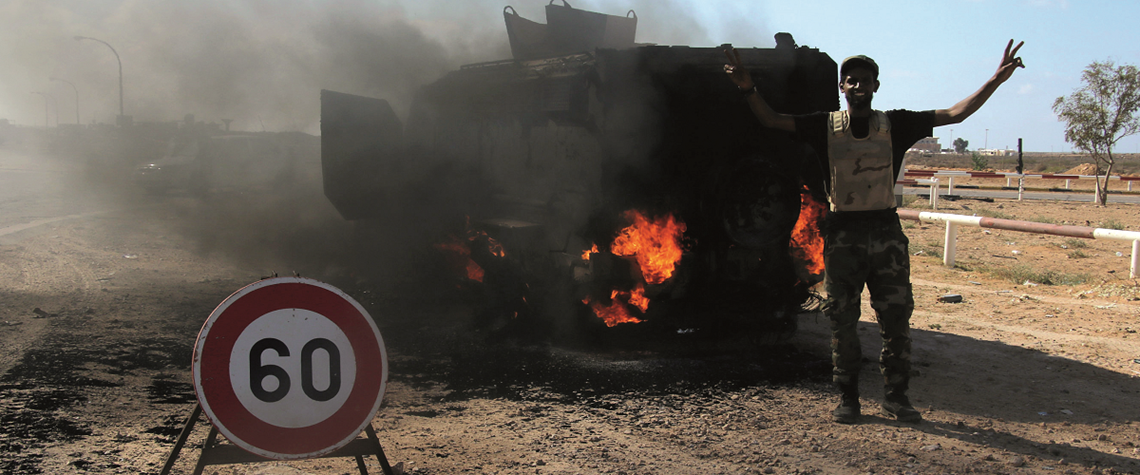Conflict cripples Libya's oil sector
The latest battle for Libya’s key oil ports—the fourth in as many years—leaves vital infrastructure destroyed and the country’s production recovery in jeopardy
Fighting began on 14 June when warlord Ibrahim Jathran led his grandly named but poorly equipped militia, the Petroleum Facilities Guard (PFG), in an attack that seized Es Sider, Libya's largest export terminal, and nearby Ras Lanuf, its largest refinery. Jathran's militia were originally formed to guard the ports, which take exports from the Sirte Basin, home to two-thirds of Libya's production. But from 2013, they blockaded the terminals demanding huge payments. The blockade ended in September 2016 when Khalifa Hafter's Libya National Army (LNA) seized them, opening them for business. Since that capture, Libya's oil production has jumped from 220,000 barrels a day to hit 1m b/d in June las

Also in this section
8 August 2025
The producers’ group missed its output increase target for the month and may soon face a critical test of its strategy
7 August 2025
The quick, unified and decisive strategy to return all the barrels from the hefty tranche of cuts from the eight producers involved in voluntary curbs signals a shift and sets the tone for the path ahead
7 August 2025
Without US backing, the EU’s newest sanctions package against Russia—though not painless—is unlikely to have a significant impact on the country’s oil and gas revenues or its broader economy
6 August 2025
Diesel market disruptions have propelled crude prices above $100/bl twice in this century, and now oil teeters on the brink of another crude quality crisis








